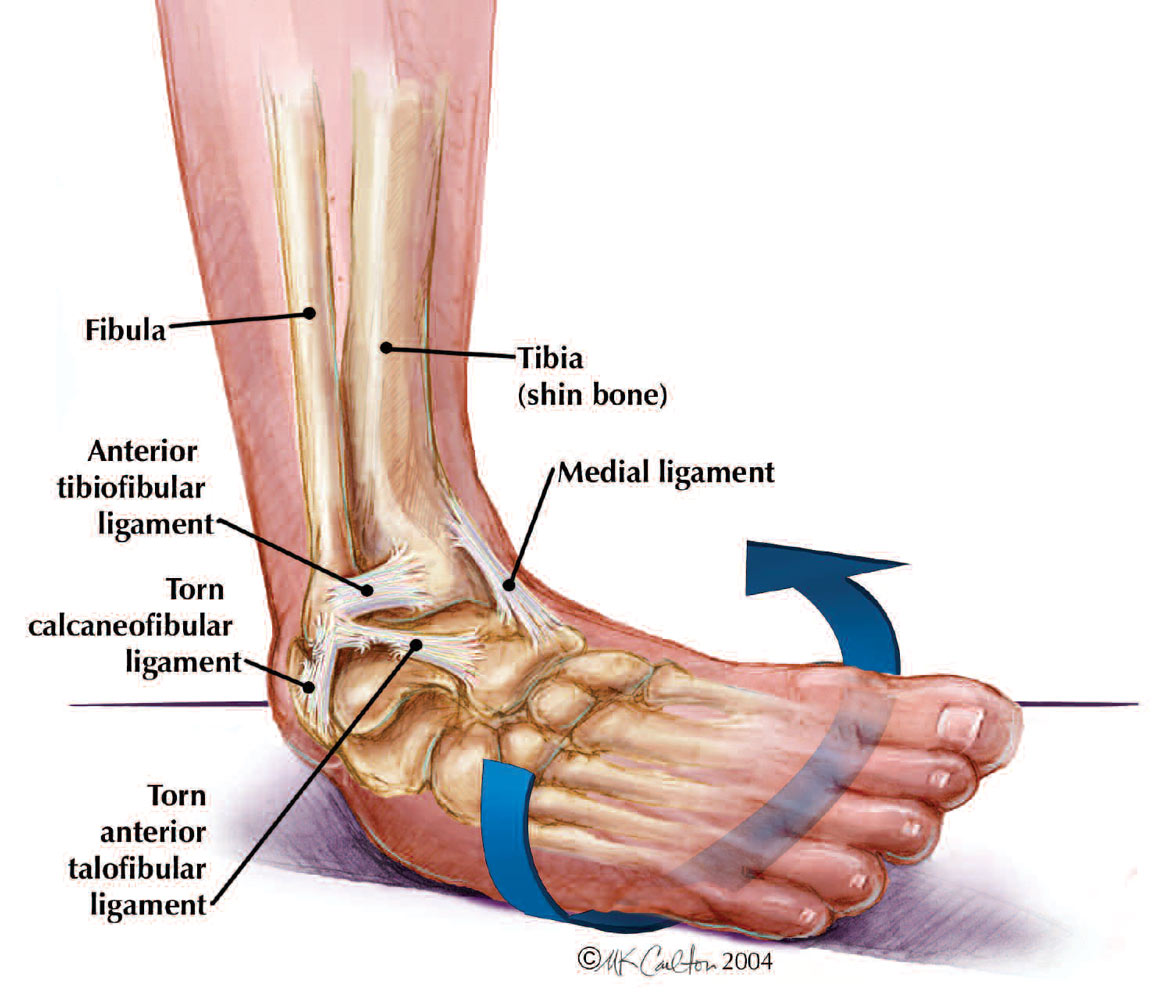
Ankle sprains are common injuries that occur when the ligaments around the ankle joint are stretched or torn due to excessive force or twisting. There are various classification systems used to describe and categorize ankle sprains based on the severity and location of the injury. One of the commonly used classification systems is the Grading System:
- Grade I (Mild): In a Grade I ankle sprain, the ligaments are stretched but not torn. There may be mild pain, swelling, and minimal loss of function. The ankle joint remains stable.
- Grade II (Moderate): A Grade II ankle sprain involves partial tearing of the ligaments. This can cause moderate pain, swelling, and difficulty walking. The ankle joint may feel unstable.
- Grade III (Severe): In a Grade III ankle sprain, the ligaments are completely torn. This results in significant pain, swelling, bruising, and instability of the ankle joint. Walking and weight-bearing are usually impaired.
Another classification system used specifically for lateral ankle sprains is the Anatomic Grading System, which focuses on the specific ligaments involved:
- Stage I: Mild sprain with microscopic tearing of the ligament fibers.
- Stage II: Moderate sprain with partial tearing of the ligament fibers.
- Stage III: Severe sprain with complete rupture of the ligament.
Additionally, there’s a classification system that considers the location of the injury within the lateral ankle ligament complex:
- Anterior Talofibular Ligament (ATFL) Sprain: The most common type of ankle sprain, often occurring in inversion injuries. It involves the ligament on the front and outside of the ankle.
- Calcaneofibular Ligament (CFL) Sprain: This involves the ligament on the outside of the ankle and is commonly associated with more severe sprains.
- Posterior Talofibular Ligament (PTFL) Sprain: This ligament, located on the back of the ankle, is less frequently injured.
